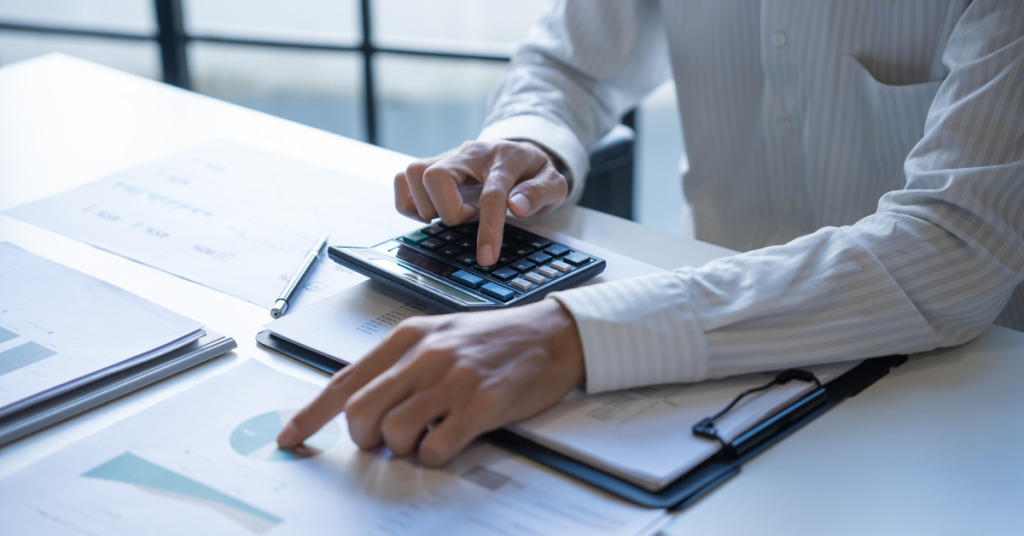Most people jump into business or investing with one thing in mind: profit. Entrepreneurs aim to earn when revenues beat expenses, traders want quick wins from price swings, and investors hope their portfolios grow steadily over time.
But according to Marion Evangelista, a Registered Financial Planner (RFP), there’s one factor that quietly dictates whether you succeed or fail: your risk appetite.
“Profit will always be the driver,” Evangelista told Financial Adviser PH. “But what many people ignore is how much risk they’re truly comfortable with. That invisible line—your risk appetite—often decides if you’ll last the journey or burn out early.”
What Exactly Is Risk Appetite?
Risk appetite is the level of risk you’re willing—and able—to take on in pursuit of returns. Some people thrive in high-stakes situations, while others prefer safety and predictability.
Evangelista explained it this way:
“If you want to earn more, you usually need to risk more. But not everyone can handle that pressure. The key is knowing where you stand before putting money on the line.”
This self-awareness is why financial planners often recommend a risk profile questionnaire. It helps determine whether you’re conservative, moderate, or aggressive—labels that matter more than people think.
When Business Plans Meet Reality
Evangelista points to his sister’s pharmacy business as a classic example. On paper, the numbers worked. The daily sales target seemed achievable, and capital requirements were clear. But when income fell short after six months, cash flow quickly became a problem.
“Without understanding her risk limits, she kept injecting more money to save the business,” Evangelista recalled. “If she had been clearer about her risk appetite, she might have set a stop-loss earlier and avoided bigger losses.”
The takeaway: even the best projections fall apart if they don’t align with your tolerance for risk.
Volatility Changes the Game
Risk appetite isn’t static—it depends on what you’re investing in. Stocks, for instance, move differently than forex, crypto, or commodities.
“A five percent loss on a stable stock may take weeks,” Evangelista explained. “But in crypto, that can happen in minutes. The more volatile the asset, the more pressure it puts on your emotions and your ability to stick to a plan.”
This is why two people with the same amount of capital may react very differently to the same investment. One may see a 10% drop as a buying opportunity, while another sees it as a red flag to exit.
Why Self-Awareness Beats FOMO
Evangelista warns against chasing opportunities just because others are making money.
“Years ago, I joined an IPO because of hype,” he admitted. “I had spare cash, but I didn’t ask myself if I could handle the downside. I ended up losing nearly half of my money.”
His lesson: don’t let fear of missing out dictate your financial decisions. “Returns only matter if you can stomach the risks that come with them,” he added.
Building Wealth That Matches Who You Are
Ultimately, Evangelista believes success in business and investing isn’t about finding the “perfect” venture or stock. It’s about aligning your decisions with your personal tolerance for risk.
“Some people are conservative by nature, and that’s okay,” he said. “Others are aggressive and can handle volatility. There’s no right or wrong answer. What matters is being honest with yourself.”
He recommends starting small, testing your reactions to gains and losses, and adjusting from there. Over time, you’ll get a clearer sense of your true appetite for risk.
The Bottom Line
Chasing profits without understanding your risk appetite is like driving without brakes—you may move fast, but the crash can be devastating.
“Risk appetite is the invisible driver,” Evangelista told Financial Adviser PH. “It shapes every decision you make, whether you realize it or not. If you want to build wealth that lasts, start by knowing how much risk you can really handle.”
![]()



